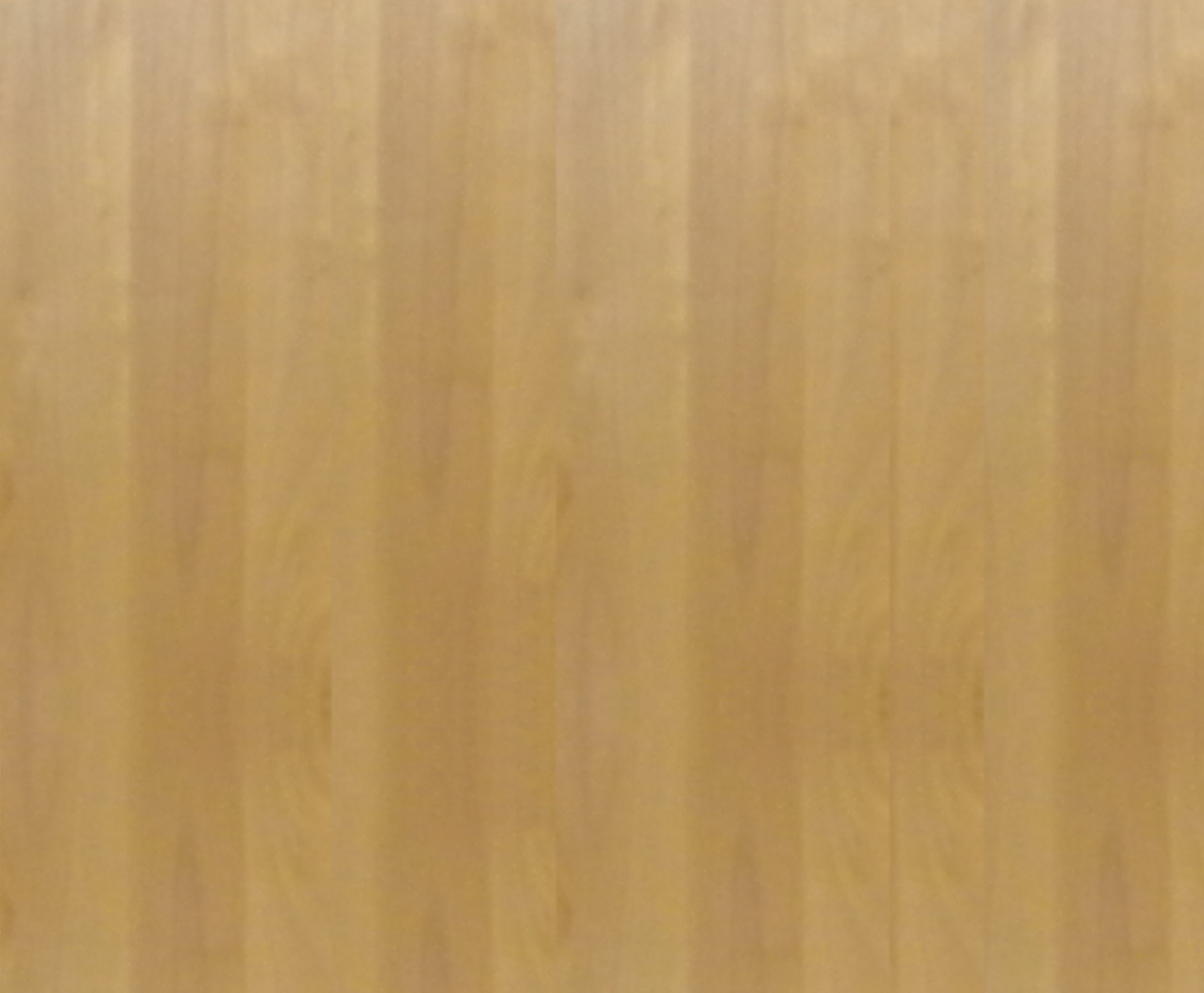
Cuts and Methods Used to Create Veneer
Since clever Egyptian's "invented" the process thousands of years ago, numerous refinements to veneer-manufacturing have evolved. Using cutting-edge technological advances, we at ELDCAN FOREST PRODUCTS look at a wide variety of factors (log size, wood species, desired grain patterns, etc.) to determine the types of cuts and methods of splicing needed to create unique veneers that are ideal for your project.
The “cut” or “slice” of a veneer, as well as the "matching methods" used in production, can affect the look of that veneer in a variety of ways. The most basic method of veneer production involves turning a log on a lathe while a long knife blade peels off a continuous sheet of veneer; however many other methods (and variations of methods) are available, each of which create uniquely different end-results.
The following is a brief discussion about some of the basic techniques commonly used in veneer production; however for your specific needs please contact the talented and friendly sales department at ELDCAN FOREST PRODUCTS, who are waiting to help you match your specific needs with the production methods best designed to achieve the product you are looking for.
Sliced Veneers – are produced by thrusting a log or sawed flitch into a slicing machine, which then shears off the veneer in sheets. Accounting for a very small portion of veneer production, this method is mainly used to produce radially orientated, fine figured, hardwood veneers for furniture or wall-panel facing.
Longitudinal Slicing – In this method, the log is cut into 50–100 mm slabs which are then forced under a stationary ‘slicer blade’ end-on, while the veneer is peeled off down the length of the slab.
Crosscut Slicing – This fast and efficient method of producing highly decorative veneer also minimizes the wastage from each bolt. In Crosscut slicing the flitch or full log is held firmly while the knife moves across the width of the flitch at a slight angle. Quick cycle times with high output can be achieved because of the short travel distances required. As the flitch is sliced away, the carriage gradually moves closer to the blade with a pressure bar controlling the knife position and veneer thickness.
Flat Cut - veneers are produced from logs that are cut in half, length-wise. Each half is then moved back and forth on a carriage against a stationary knife creating thin strips of veneer with similar grain patterns. These strips are later glued back together to create whole sheets of spliced veneer.
Rotary Cut -veneers are produced when the entire log is turned by a computer-controlled hydraulic lathe at high speed against a specialized knife. This method, commonly used for plywood manufacturing, results in a continuous ribbon of veneer which can be left as “whole pieces”, but is more commonly cut into specified widths that will be pieced together later into a spliced veneer.
Rift Cut - veneers are similar to the “flat cut” discussed above, however the logs are cut into quarters lengthwise, and then sliced at a 90 degree angle to the grain to minimize any irregularities in the wood. This method creates a fine pencil-strip effect, and is generally reserved (along with flat-cut veneers) for higher grades of panel.
In “Quarter Cut” veneers, the quarter log (or flitch) is mounted on the flitch table so that the growth rings of the log hit the knife at approximately right angles. This creates a series of strips which have a straight-grain appearance in some woods and varied in others.
In “Book Matched” veneers, each alternating strip of veneer is turned over during production. This creates a grain pattern that can be matched at the veneer joint.
“Slip Matched” veneers are created when the veneer strips are laid side by side during composing, producing a repetitive and attractive grain pattern.
Whole Piece - veneers are continuous un-spliced pieces of veneer which have been peeled from the log using a rotary process.
Lengthwise Slicing - is done from a board of flat sawn lumber rather than from a log. A variegated figure is created with this slice.
Plain Slicing - veneers are created by slicing parallel to the center of the log. This method produces a raised “cathedral effect” which is formed by the innermost growth rings.
Half-Round Slicing - veneers are sliced on an arc parallel to the center of the log, achieving a flat-cut veneer appearance.
